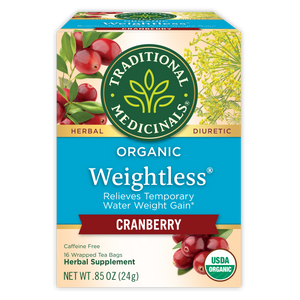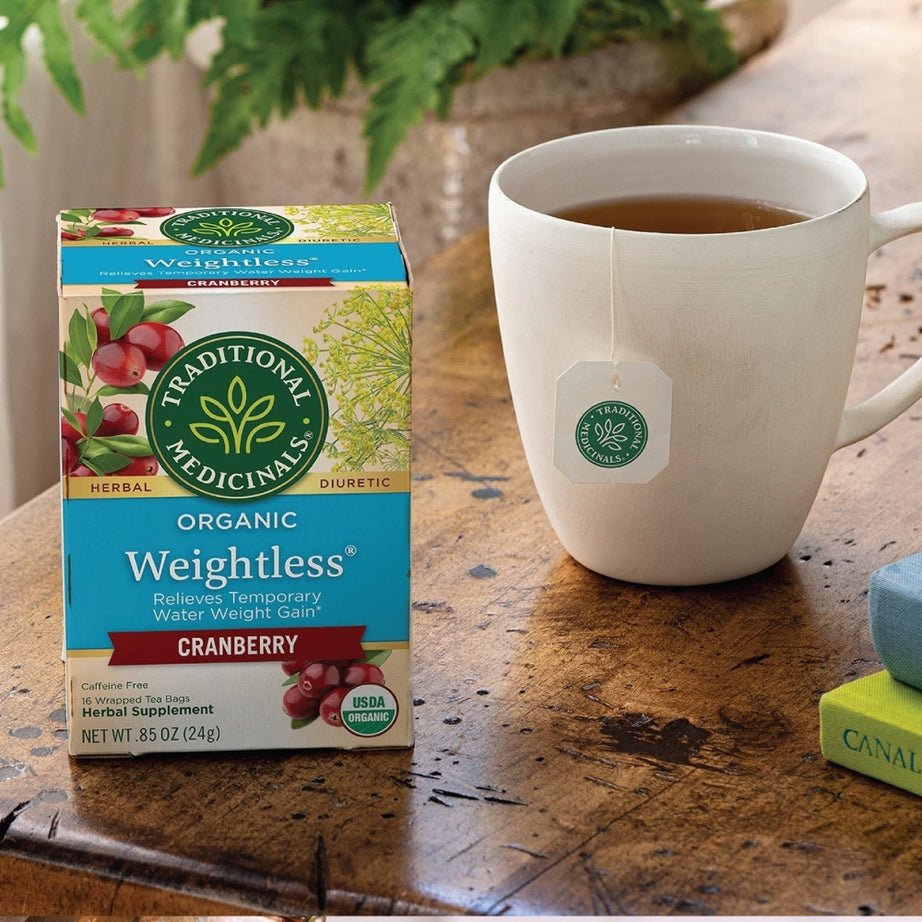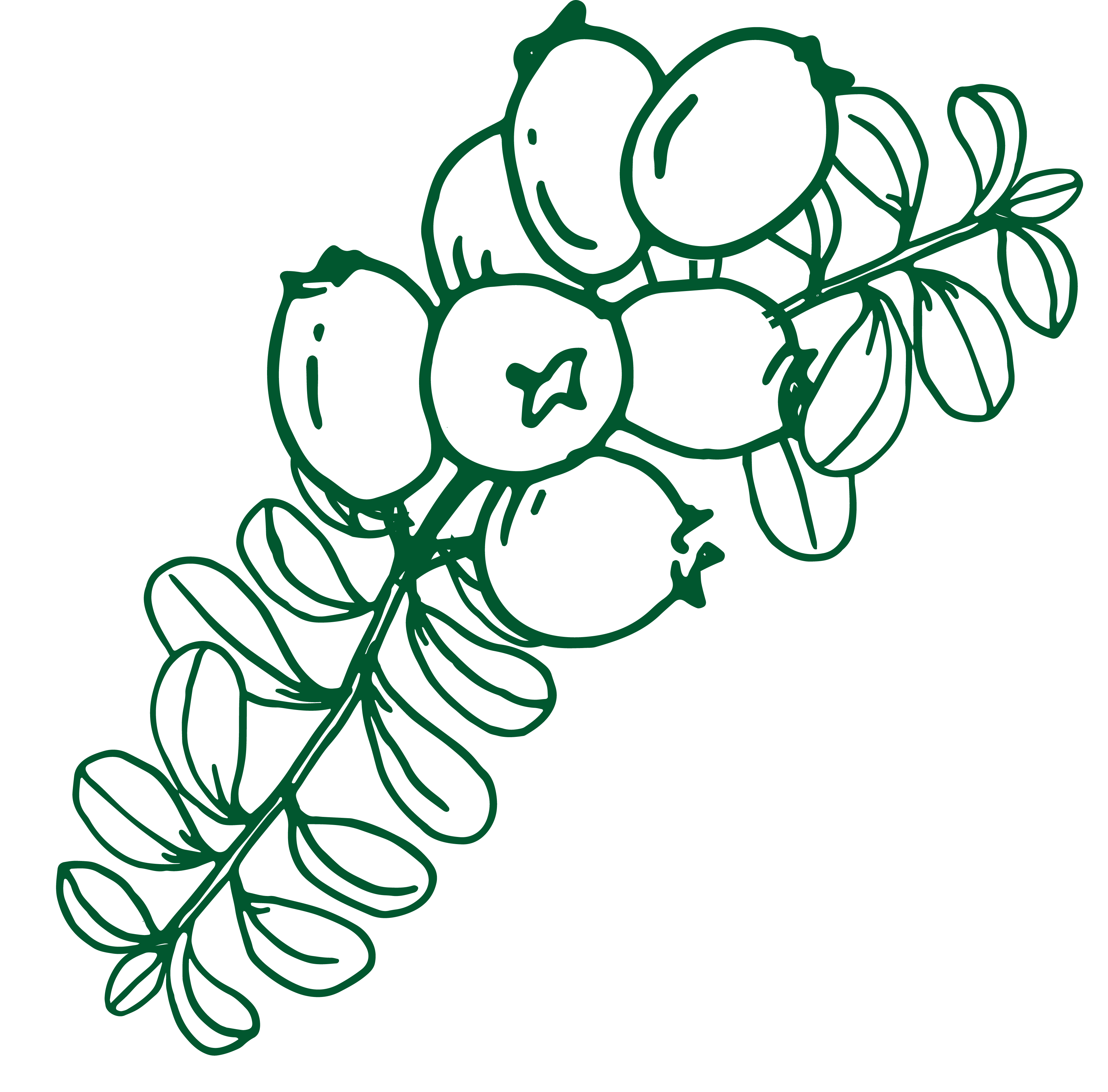
More Cranberry info
Cranberry’s boldly tart and sweet taste make it perfect for desserts.
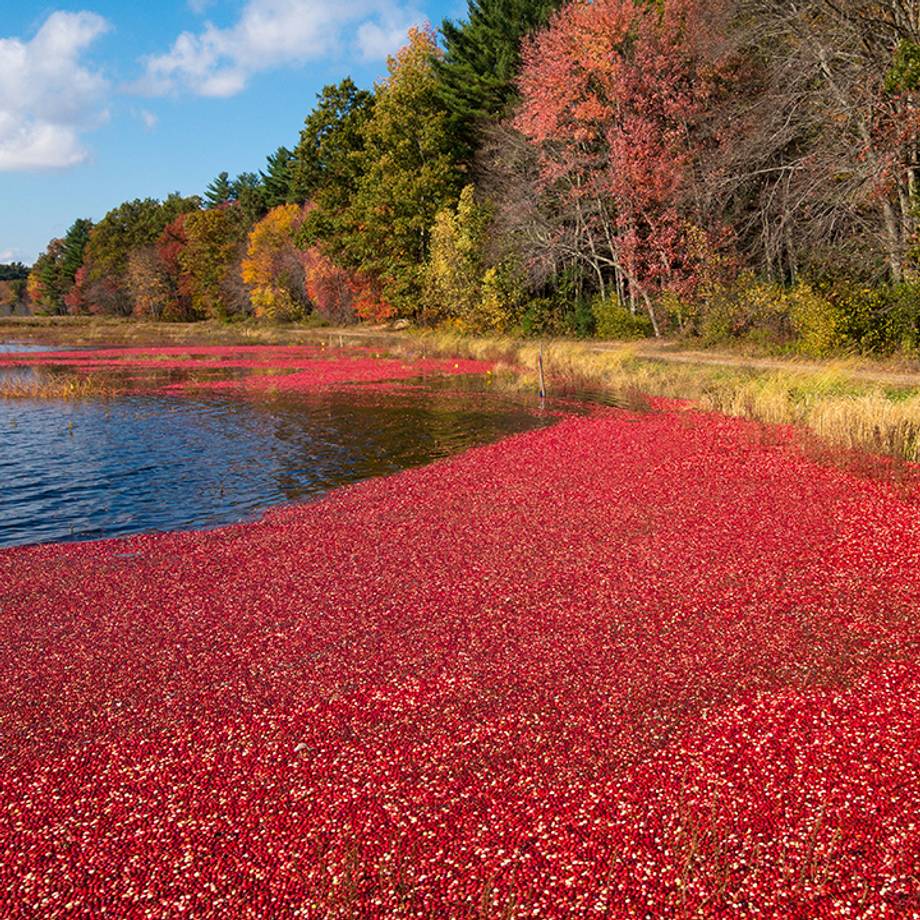
Cranberries are cherished for their tangy, tart taste traditionally prepared alongside maple syrup by indigenous tribes of North America. They’re nutritive and high in vitamin c, making it a great ally to support the immune system and overall health.
Despite its medicinal use by Native Americans, European immigrants, and Eclectics, cranberry did not immediately find its way into mainstream medical practice. Effects on urinary tract health were first reported in the early 20th century. Ongoing research through the early 2000s continues to show the positive effects of consuming cranberry juice for the urinary tract. Our herbalists use it in Weightless® Cranberry tea as a natural flavorant.*

Traditionally cooked in stews and sauces, cranberries were commonly collected and prepared by indigenous tribes for their nutritive content and sometimes stored as a winter fruit. They were also crushed and applied topically for skin irritations and sores. One of their names, “ibimi,” refers to the bitter or sour taste of the fruits. Cranberry is a traditional food and medicine well documented amongst Ojibwa, Iroquois, Huron, Mi’kmaq, Anticosti, Anishinaabe, Algonquin, Cree, Malecite, Potawatomi, Gitksan, Menomini, Coast Salish, Nlaka’pamux, Dena’ina, Nuu-chah-nulth, and Ditidaht tribes.
Early settlers began pairing cranberries with turkey, which later inspired modern-day Thanksgiving meals. By 1789, they became so popular that the New Jersey legislature imposed a fine to curb overharvesting by making it illegal to collect unripe berries. Due to their vitamin C content, these berries also became a staple for seamen to prevent scurvy.

Cranberries thrive in Northeastern bogs and swamps, where the soil is moist, low in nitrogen, and have a notably high water table. Cranberry bogs developed from glacial reposits thousands of years ago, forming what are called kettle holes, ancient basins full of organic matter and water that are home to many unique species.
These low, creeping evergreen shrubs can be grown outside of boglands and commercial operations but require moist, well-drained, and slightly acidic soil. One of the most important elements is the pH of both the soil and the water. Cranberry has horizontal stems, or runners, that grow branches which produce buds eventually becoming garnet berries ready to harvest and enjoy.
Products that contain Cranberry
Weightless® Cranberry Tea
Additional Information
Legal Disclaimer:
The information and other content in this article are designed to provide a general overview of the botany, cultural history, and traditional uses of this herb. It is not intended and should not be construed as health advice. Every person is unique and you should consult with your health care provider before using any herbal product or supplement.
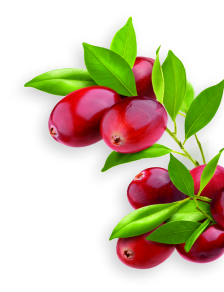
Become an Herb Nerd & Get 10% Off!
Herbal tidbits, DIY plant projects, exclusive discounts, and recipes to follow the seasons delivered straight to your inbox.

